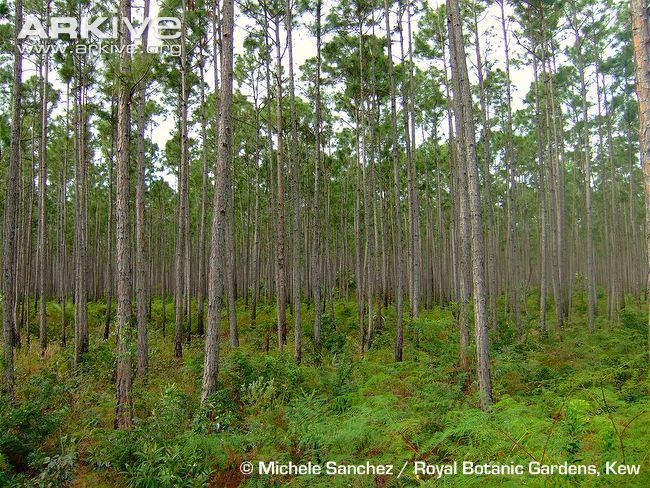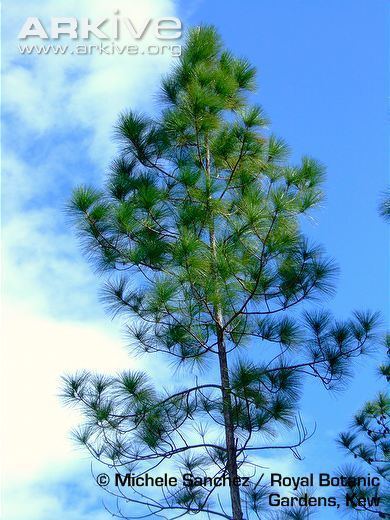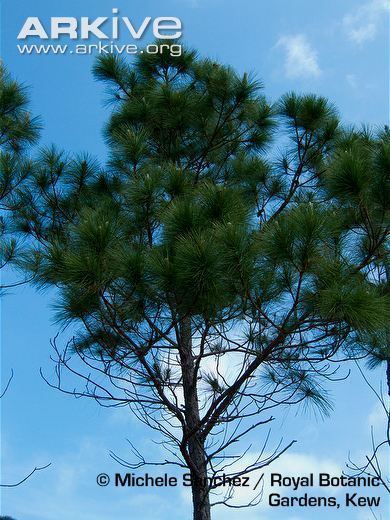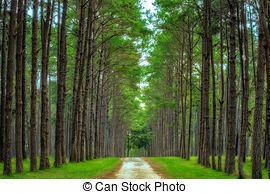Subfamily Pinoideae Scientific name Pinus caribaea Rank Species | Division Pinophyta Genus Pinus Higher classification Pine | |
Similar Pine, Pinus elliottii, Pinus oocarpa, Pinus patula, Pinus taeda | ||
The Caribbean pine, Pinus caribaea, is a hard pine, native to Central America, Cuba, the Bahamas, and the Turks and Caicos Islands. It belongs to Australes Subsection in Pinus Subgenus. It inhabits tropical and subtropical coniferous forests, which include both lowland savannas and montane forests. Wildfire plays a major role limiting the range of this species, but it has been reported that this tree regenerates quickly and aggressively, replacing latifoliate trees. In zones not subject to periodic fires, the succession continues and a tropical forest thrives.
Contents

It has been widely cultivated outside its natural range, and introduced populations can be found nowadays in Jamaica, Colombia, South Africa, Fiji or China.

Varieties
The species has three accepted varieties:

Colonization of the Caribbean basin

It has been proposed that the pines of Australes subsection (of which Caribbean pine is part) arrived to the Caribbean basin from Southeastern USA. Recently, paleoclimatic and genetic data have been used to propose that Pinus caribaea would have originated in Central America. According to chloroplast genetic data, Pinus caribaea lineages colonized the Caribbean islands from populations in Central America at least twice (one leading to Cuban populations and another leading to Bahamaninan populations). Moreover, pine populations in the Caribbean basin appear to have been larger during the maximum glacial periods, due to the increase in both emerged land and dry conditions.
Conservation

While the species as a whole is not threatened, the typical variety of Cuba has markedly declined due to deforestation and is now considered a vulnerable species by the IUCN. Populations in Bahamas and Turks & Caicos Islands would be particularly vulnerable in a global warming scenario due to the increase in sea level and consequent reduction in the emerged land area.

